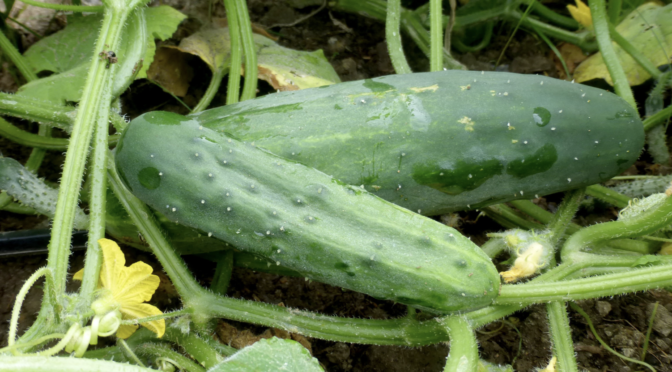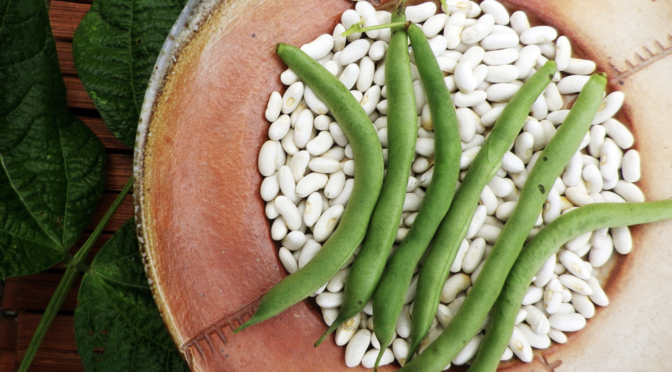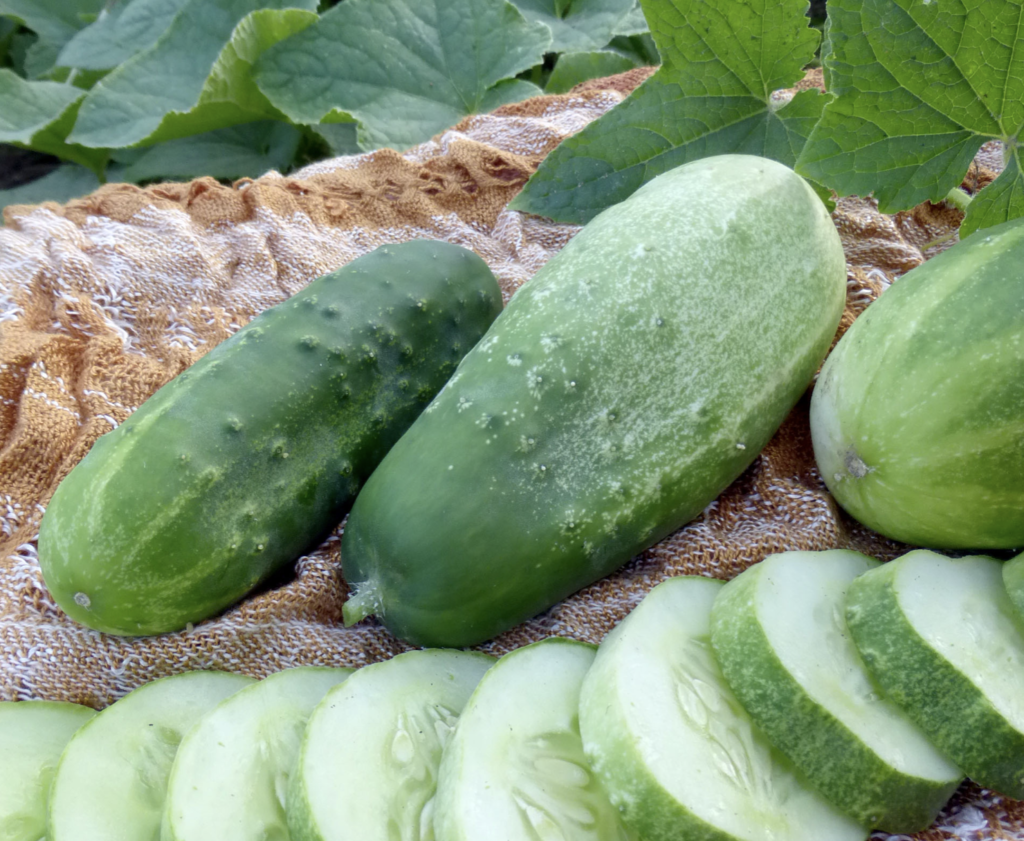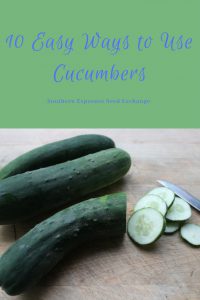Cucumbers are one of the most iconic veggies of summer! There’s nothing like a cool, crisp cucumber that you’ve grown yourself. If you love cucumbers as much as we do, you might want to consider saving some seed from your favorite variety. Cucumbers are an excellent plant to start with if you’re new to seed saving.
-
Make sure you’ve isolated your varieties.
If you planted multiple cucumbers and want pure seed, they need to be isolated. You can use time to isolate them by growing one variety early and another late. You can also use distance, keeping varieties separated by 1/8 mile for home use and a minimum of 1/4 to 1 mile for pure seed.
However, if your varieties aren’t isolated perfectly, you can save seed anyway. You may end up with a cross you love. -
Make sure you have enough plants.
You can save viable seed from a single cucumber plant. However, to maintain a variety over time, it’s best to grow at least five plants. If you’re saving seeds to preserve a rare variety, we recommend you grow and save seed from at least 25 plants. -
Select your best plants.
You should try to save seed from plants that have performed the best through the season. Select those that are healthy, vigorous, and disease free with good-tasting fruit. You can find a list of other traits you may want to consider when saving seed here.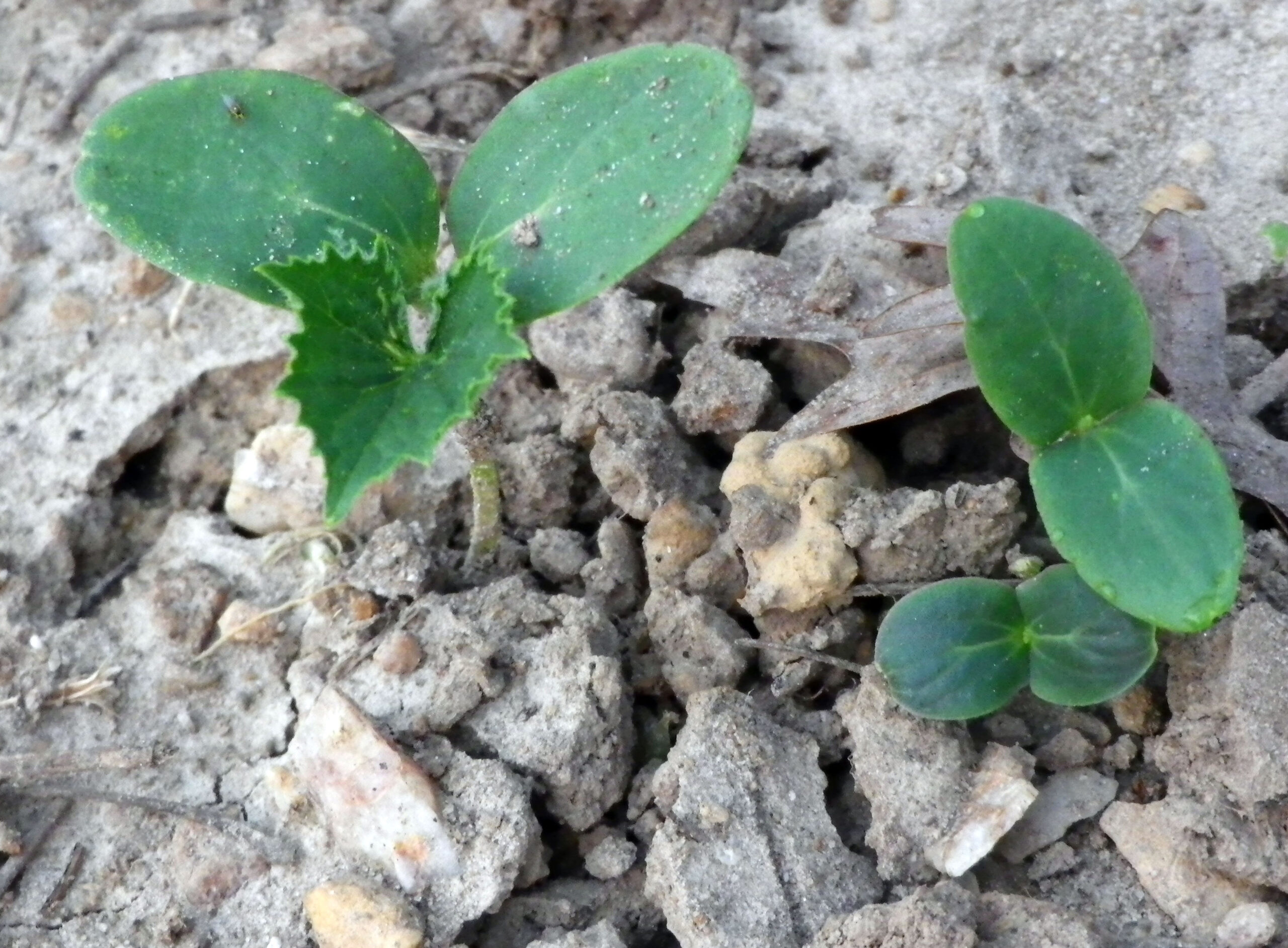
-
Let your cucumbers ripen fully.
Don’t pick seed cucumbers at the same time you pick them for eating. For seed saving, you want cucumbers to be fully ripe. They should be large, rounded, and yellow to orange.
It’s best to leave them on the vine for a few weeks after the color change. They’ll begin to soften and should pull easily from the vine. If that isn’t possible, you can let them continue to ripen and soften in a basket out of direct sunlight. When you cut the cucumber open, the seeds should appear large and full. -
Harvest your seeds.
To harvest the seeds, it’s easiest to cut the cucumbers lengthwise and scoop the seeds out with a spoon. Place all of the pulp and seeds into glass jars. Mason jars are ideal for this. -
Ferment and clean your seeds.
In order to remove all the pulp from the seeds, you need to let them ferment a bit. Add a little water to your jars of seeds and pulp. The containers need airflow into them, so don’t put a lid on. However, you can cover them with a bit of cloth or coffee filter and a rubber band to keep out fruit flies.
Let this mixture ferment for three days, stirring it once a day. It’s okay if you notice some mold growing on top. After three days, add a more water and stir the mixture again. The viable seeds will sink while the pulp and bad seeds will float, and you can pour them off the top. Drain your viable seeds. -
Dry your seeds.
Lay your seeds on a single layer on paper towels, coffee filters, old window screens, or dehydrator screens (don’t dehydrate them, though). Let your seeds air dry naturally until they can be snapped in half. -
Store your seeds.
Store seeds in an airtight container in a cool dark place. Cucumber seeds will remain viable for five years or more under the right conditions.
Learn how to do a germination test here.
Are you saving seeds this year? Tag us on Facebook or use the hashtag #southernexposureseed on Instagram to show us your projects

